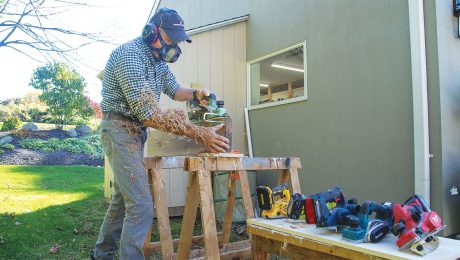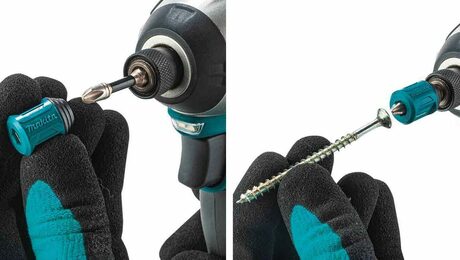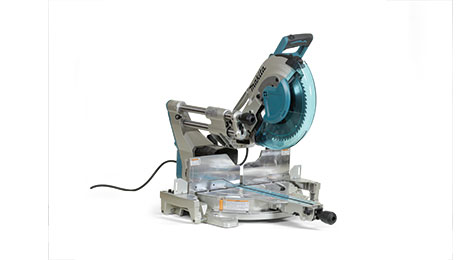Chainsaws Come Out of the Woods
A log builder tells about chainsaw safety, maintenance, and how he uses chainsaws to work logs and timbers.
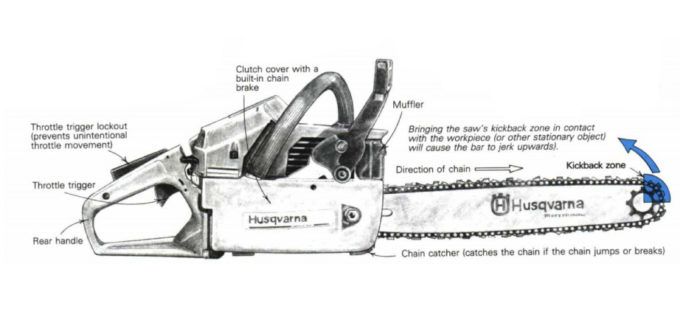
Synopsis: This article is a detailed primer on the chainsaw, written by an experienced log-home builder. He covers machine basics, safety, and operation. A sidebar describes some useful cuts that builders of log homes use.
Today’s light and powerful chainsaws are a surprisingly recent development. Saws that could be carried and operated by one man didn’t appear until the mid-1930s, and for the following three decades their use was limited almost exclusively to the logging industry. By the mid-’60s, chainsaws had become light enough and affordable enough to interest those with lighter chores, and ten years later the wood-heating boom caused huge increases in demand.
At the same time the crafts of log and timber building experienced a revival. In both, chainsaws play an essential role. The axes and adzes that traditionally did all the time-consuming work of log-notching are now museum pieces, along with two-man crosscut saws and other muscle-powered wood-cutting tools.
Andreas Stihl, a German who grew up near the Black Forest in the early decades of the century, is generally credited as the inventor of the chainsaw. Legend has it that Stihl was a dreamy tinkerer who came up with the idea for a gas-powered, portable saw as he strolled through the Black Forest, observing loggers struggling with crosscut saws.
By the late ’20s, Stihl had managed to hook up a gasoline engine with a loop of wood-cutting chain that ran in the grooves of a guide bar—a basic idea that hasn’t changed much. In 1930, he started manufacturing a 127-lb. two-man behemoth which he called—in all seriousness—”The Midget.” This machine revolutionized woodcutting despite its weight and bulk, and inspired Stihl to perfect his invention. Six years after The Midget was introduced, Stihl was manufacturing a 47-lb. saw. Many more subtle refinements have been made to Stihl’s basic idea, and I’ll talk more about them as I review the features of high-quality contemporary gasoline-powered chainsaws.
While electric chainsaws are useful tools for light-duty work (especially indoors where exhaust fumes are deadly), I haven’t found an electric chainsaw that is powerful enough for the kind of log work done by our crews. This article focuses on engine-driven saws, but the safety, maintenance, and basic cutting procedures described here can be applied to electric chainsaws as well.
For more photos, drawings, and details, click the View PDF button below:
Fine Homebuilding Recommended Products
Fine Homebuilding receives a commission for items purchased through links on this site, including Amazon Associates and other affiliate advertising programs.
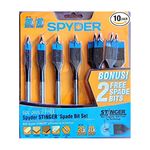
Spyder Stinger Spade Bit
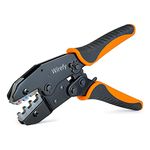
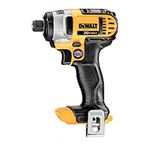
DEWALT Impact Driver (DCF885)













